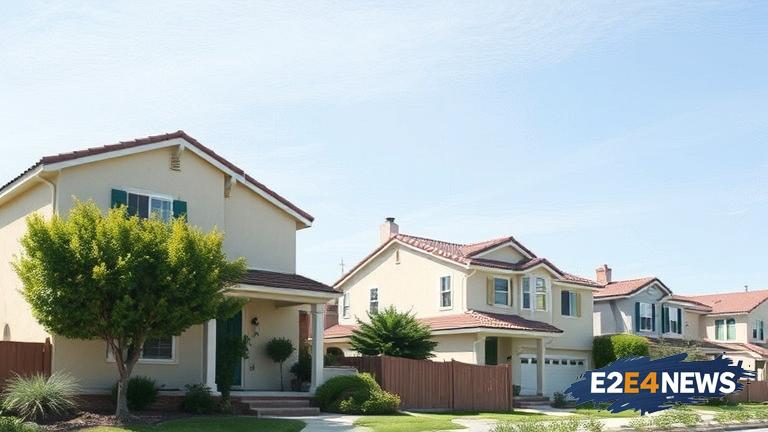In California, homeowners associations (HOAs) play a significant role in maintaining the common areas and amenities within a development. The maintenance responsibilities of an HOA are typically outlined in the community’s governing documents, such as the CC&Rs (Covenants, Conditions & Restrictions). These documents dictate the division of duties between the HOA and individual homeowners. The HOA is responsible for maintaining the common areas, including landscaping, pools, clubhouses, and other amenities. This includes performing routine maintenance tasks, such as cleaning, repairs, and replacements. The HOA is also responsible for ensuring that the common areas are safe and accessible for all residents. In addition to maintaining the common areas, the HOA may also be responsible for maintaining certain components of individual homes, such as roofs, gutters, and exterior paint. However, the specific responsibilities of the HOA can vary depending on the community’s governing documents. Homeowners, on the other hand, are typically responsible for maintaining their individual homes and yards. This includes performing routine maintenance tasks, such as cleaning, repairs, and replacements, as well as ensuring that their homes are in compliance with the community’s governing documents. Homeowners may also be responsible for maintaining certain components of their homes, such as plumbing, electrical, and HVAC systems. It is essential for homeowners to understand their maintenance responsibilities to avoid potential disputes with the HOA. The California Department of Real Estate requires HOAs to provide homeowners with a copy of the community’s governing documents, which outline the maintenance responsibilities of the HOA and individual homeowners. Homeowners should carefully review these documents to understand their obligations. The HOA’s maintenance responsibilities can be divided into several categories, including routine maintenance, repairs, and replacements. Routine maintenance tasks, such as cleaning and landscaping, are typically performed on a regular schedule. Repairs and replacements, on the other hand, are typically performed as needed. The HOA may also be responsible for hiring contractors and vendors to perform maintenance tasks. In some cases, the HOA may also be responsible for obtaining permits and approvals from local authorities before performing certain maintenance tasks. The California Civil Code provides guidance on the maintenance responsibilities of HOAs and individual homeowners. For example, California Civil Code Section 4775 requires HOAs to maintain the common areas and amenities within a development. The code also requires homeowners to maintain their individual homes and yards. The Davis-Stirling Common Interest Development Act, which is a comprehensive set of laws governing HOAs in California, provides additional guidance on the maintenance responsibilities of HOAs and individual homeowners. The act requires HOAs to provide homeowners with a copy of the community’s governing documents and to maintain the common areas and amenities within a development. The act also requires homeowners to maintain their individual homes and yards and to comply with the community’s governing documents. In addition to understanding their maintenance responsibilities, homeowners should also be aware of their rights and obligations under California law. For example, homeowners have the right to inspect the HOA’s financial records and to attend HOA board meetings. Homeowners also have the obligation to pay their monthly assessments and to comply with the community’s governing documents. The HOA’s maintenance responsibilities can have a significant impact on the quality of life for homeowners within a development. For example, a well-maintained common area can increase the value of homes within a development and provide a safe and enjoyable space for residents to relax and socialize. On the other hand, a poorly maintained common area can decrease the value of homes within a development and create safety hazards for residents. In conclusion, understanding the maintenance responsibilities of an HOA in California is crucial for effective property management. Homeowners should carefully review their community’s governing documents to understand their obligations and to ensure that they are in compliance with California law. The HOA’s maintenance responsibilities can have a significant impact on the quality of life for homeowners within a development, and it is essential for homeowners to be aware of their rights and obligations under California law.
